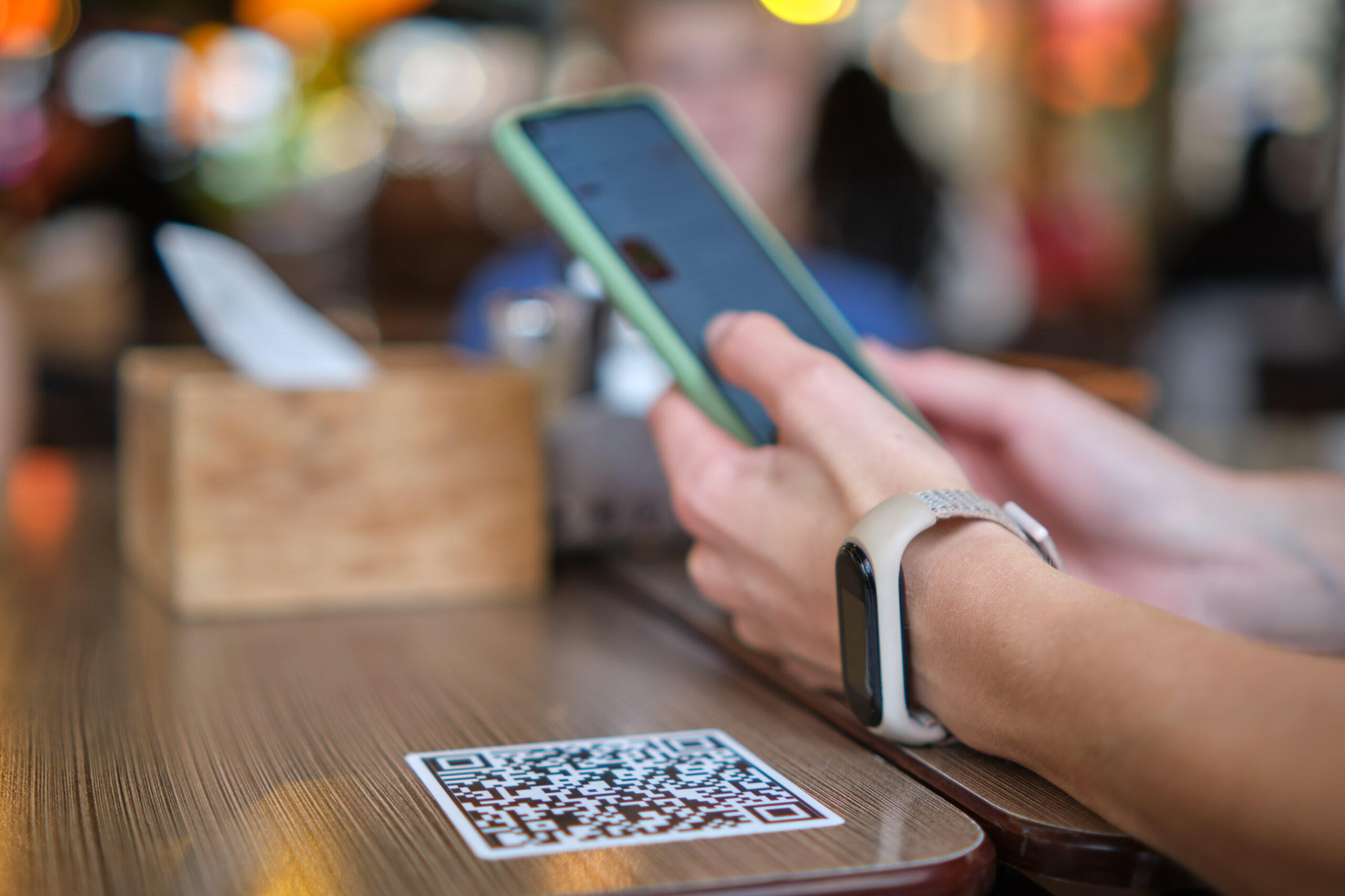QR codes have become a powerful tool for businesses of all sizes. From restaurant menus to payment processing, these scannable squares offer a bridge between your physical and digital worlds. They can streamline operations, enrich the customer experience, and boost your marketing efforts. But like any tool, their effectiveness depends on how you use them.
Many businesses make simple errors that prevent them from unlocking the full potential of QR codes. This article will guide you through the common QR code mistakes small businesses make and show you how to avoid them.
Why QR Codes Are Essential for Small Businesses
Before we dive into the mistakes, let’s touch on why QR codes are so valuable. They offer a direct and immediate way to connect with your customers. Think about it: A customer can go from looking at a physical poster to visiting your website in a matter of seconds, just by using their smartphone camera.
The benefits are clear:
- Contactless operations: QR codes allow for touch-free payments, menu access, and information sharing, which improves safety and convenience. (In fact, according to Square’s 2025 Future of Commerce report, 67% of retailers have found QR codes to be a convenient payment method.)
- Instant information: You can direct customers to product details or special promotions without cluttering your physical space.
- Enhanced marketing: By adding QR codes to your flyers, business cards, or product packaging, you link customers to your social media profiles, email sign-up forms, or exclusive online content.
When used correctly, QR codes are a low-cost, high-impact way to engage customers and simplify your processes.
6 Common QR Code Mistakes to Avoid
A poorly executed QR code is not only a missed opportunity — it can create a frustrating experience for your customers. Here are the most common pitfalls and how to steer clear of them.
1. Poor Print Quality
A blurry, pixelated, or distorted QR code is one of the quickest ways to fail. If a smartphone camera can’t read the code, it’s completely useless. This often happens when a low-resolution image is stretched to fit a larger space, like a poster or sign.
How to fix it: Always export your QR code in a high-quality vector format, such as SVG. Vector files can be scaled to any size without losing clarity. This ensures your code remains sharp and scannable, whether it’s on a small business card or a large storefront window.
2. Incorrect QR Code Size
Size matters. A QR code that is too small will be impossible to scan from a distance, while one that is unnecessarily large can be visually jarring. A common error is placing a tiny QR code on a large billboard or poster, forcing people to get uncomfortably close to scan it.
How to fix it: As a general rule, a QR code should be at least 1 x 1 inch (2.5 x 2.5 cm) for close-range scanning. For longer distances, a good formula is to make the code’s width about 1/10th of the scanning distance. For example, if you want someone to be able to scan a code from 10 feet away, it should be at least one foot wide.
3. Broken or Expired Links
You’ve printed 1,000 flyers with a QR code directing customers to a special offer, only to realize the link is broken or you need to update the landing page. This is a frustrating and costly mistake. It leads to a dead end for customers and can damage their perception of your brand.
How to fix it: Use dynamic QR codes instead of static ones. A static QR code has the destination URL embedded directly in it and cannot be changed once created. A dynamic QR code, however, uses a short redirect URL. This allows you to change the destination link at any time without having to reprint your materials.
4. Unoptimized Content
So, your customer successfully scanned the code. What happens next? If they land on a webpage that isn’t optimized for mobile devices, you’ve created a poor user experience. Slow-loading pages, text that’s too small to read, and difficult navigation will cause them to leave instantly. The content should be a seamless extension of the scanning experience.
How to fix it: Ensure the destination page is mobile-friendly. The layout should adapt to smaller screens, load quickly, and present the information clearly. The content should also be relevant. If your QR code promises a discount, the link should take users directly to that offer, not your generic homepage.
5. Overcustomization
While it’s tempting to make your QR code stand out with creative designs and logos, going too far can make it unreadable. Using inverted colors (a light pattern on a dark background), low-contrast color combinations, or overly complex patterns can confuse scanning apps.
How to fix it: Keep customization simple and functional. Stick to high-contrast colors, ensuring the foreground is significantly darker than the background. If you add a logo, make sure it doesn’t obscure too much of the code’s data points. Always test the code thoroughly after customizing it.
6. Poor Placement
A perfectly designed QR code is worthless if no one can scan it. Placing codes in areas with poor lighting, no Wi-Fi or cellular service, or on surfaces that move or crinkle can kill your campaign. Think about a QR code on a bus that drives away before anyone can scan it, or one on a crumpled napkin.
How to fix it: Place your QR codes in convenient, well-lit, and stationary locations where customers have a moment to pull out their phones. Good examples include on tables in a café, at the checkout counter, on product packaging, or on the inside of a store’s front door.
Best Practices for Using QR Codes Effectively
Avoiding mistakes is half the battle. To truly succeed, follow these best practices.
- Add a clear call to action. Never assume people will know what to do. Add a short, clear instruction next to your code, such as “Scan to see our menu,” “Scan for 15% off,” or “Scan to follow us on Instagram.”
- Test before you launch. Before you go to print, test your QR code rigorously. Use multiple devices (iPhone and Android) and different scanning apps to ensure it works flawlessly. Check that the link goes to the right place and that the landing page looks great on mobile.
- Monitor performance. If you’re using dynamic QR codes, take advantage of their tracking features. Monitor how many scans you’re getting, at what times, and from which locations. This data provides valuable insights into customer behavior and the effectiveness of your campaign.
Conclusion
QR codes are a simple yet versatile tool that can bring significant benefits to your small business. By avoiding common mistakes like poor print quality, broken links, and bad placement, you can create a smooth and valuable experience for your customers.
Remember to use dynamic codes, test everything before launch, and give your customers a clear reason to scan. With a thoughtful approach, you can turn these simple squares into powerful drivers of engagement and growth for your business.






